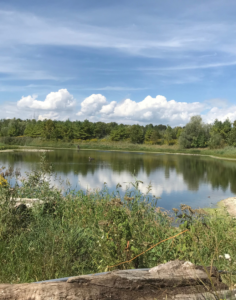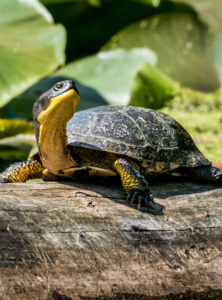I’m on a bus full of happy day-trippers chatting about their September excursion. They have just had an outing to Rouge National Urban Park, courtesy of Parkbus – a non-profit enterprise that connects people with nature through free transit to parks around Toronto. I’ve volunteered to be the bus coordinator today, and I’ve brought my 10-year-old daughter, Clara, along for the adventure.
Once experienced, the Rouge needs little promotion. People are amazed that so much nature can be found so close to the city. I’ve seen it with hundreds at Wildlands League’s yearly Paddle the Rouge events. I see it in the faces on the bus.
Ontario’s Greenbelt has already helped to preserve many ecological corridors and offers an excellent example of cooperative conservation in action for other parts of Canada.”
But residents are not always aware of the deeper importance of the Rouge, or the protection of similar near-urban nature: why we need more of it or why the greenspaces need to be connected via ecological corridors. Southern Ontario contains Canada’s fastest growing urban regions and one-third of the country’s population. The Rouge is one of the natural gems scattered across the southern Ontario landscape – enclaves from urban sprawl and other unsustainable uses.
Yet barely three percent of the landscape is similarly safeguarded, and the majority of Canada’s at-risk species depend on critically-imperiled habitat located here.
Thanks to generous funding from the Greenbelt Foundation, Wildlands League is working with local groups and a road ecology specialist to enhance ecological connections around Rouge National Urban Park by identifying priority areas and policy mechanisms to increase connectivity and promoting this need with communities.
Ontario’s Greenbelt has already helped to preserve many ecological corridors and offers an excellent example of cooperative conservation in action for other parts of Canada. But pressure for unsustainable urban expansion and highways means the Greenbelt desperately needs greater ecological connectivity.
Parks cannot exist in isolation.
Most protected areas are too small in themselves to support species. Natural passageways are essential in allowing species to find the necessities of life as well as to adapt in response to climate change. These connectors don’t need to be legally protected, although they can be. Most important is maintaining a web of greenspace that includes safe crossings of roads and railways—so plants and animals can move to and from larger havens of habitat.
The Greenbelt and other lands adjacent to the Rouge provide many opportunities to establish and strengthen these ecological corridors.
Now is an auspicious time to create such natural networks. The federal government has set ambitious protection goals, e.g. to protect 30 percent of our lands and waters by 2030, as part of its commitments to halt and reverse biodiversity loss and respond to climate change. Ottawa has also committed to add 2 billion trees to Canada’s tree canopy and to working with Indigenous Peoples in conservation and reconciliation. Canada cannot achieve these goals without further committed action in southern Ontario, and the Rouge is a great place to focus.
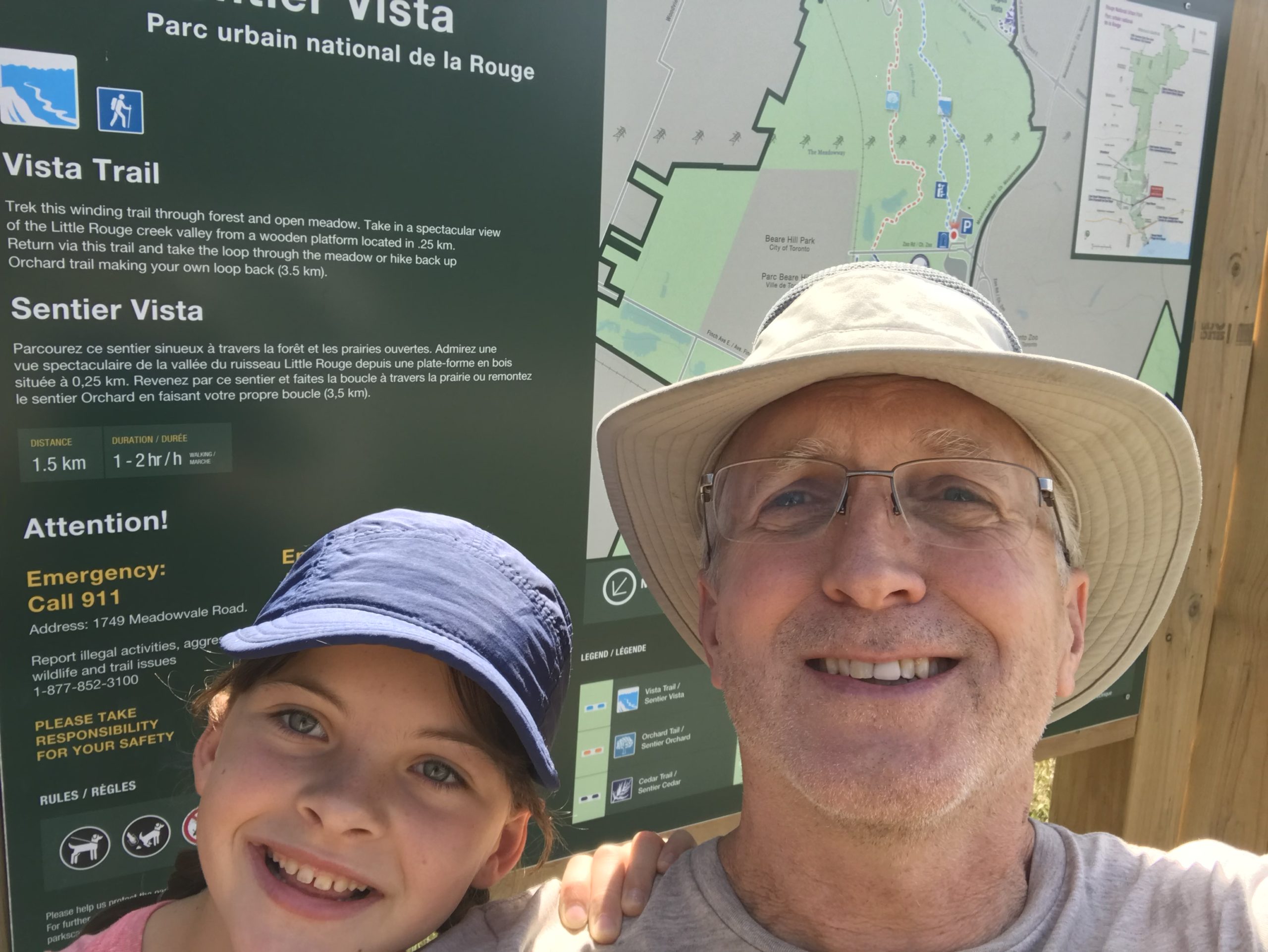
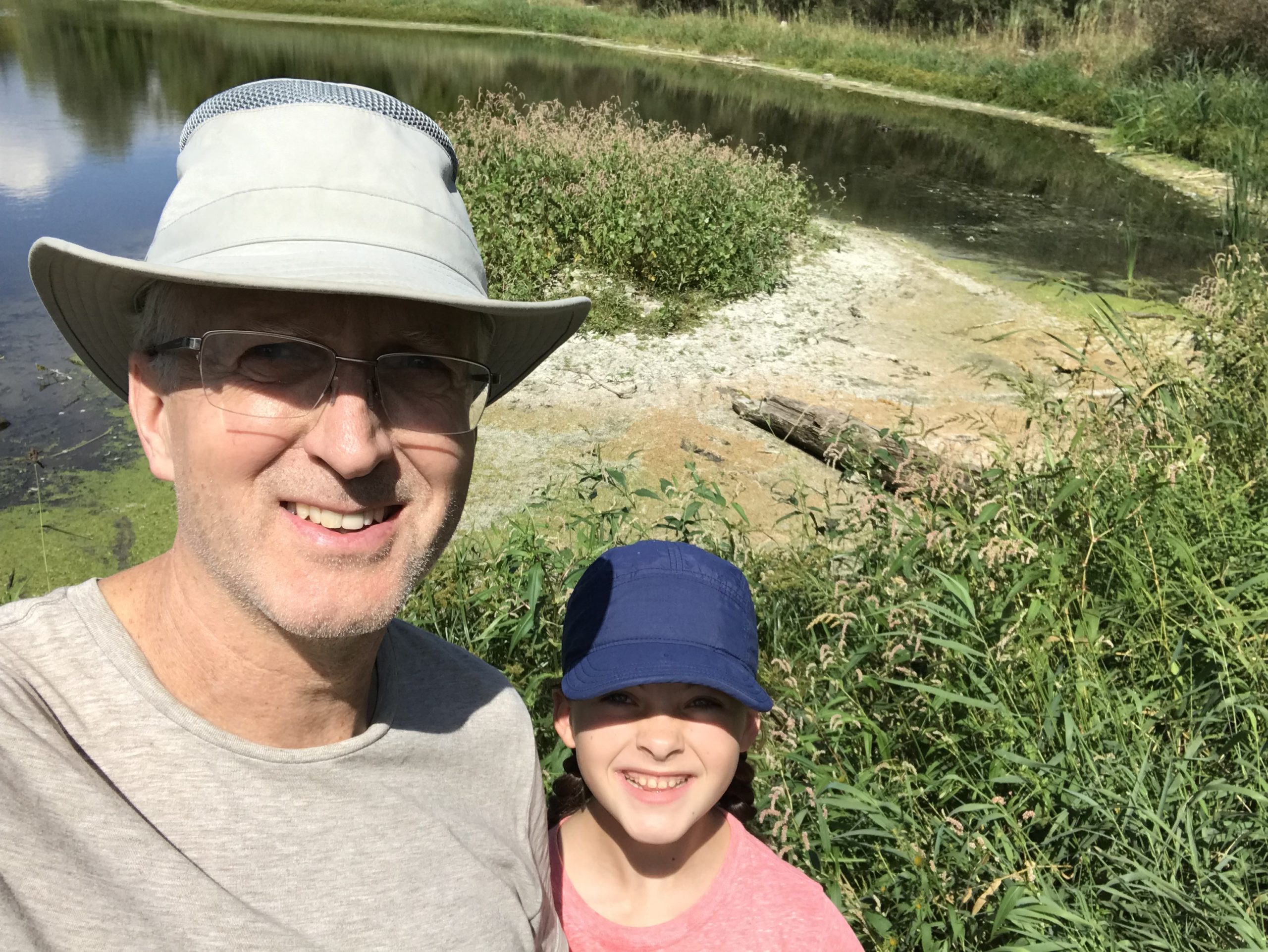
Back on the bus, Clara and I are already reminiscing. Wading in Little Rouge Creek. Basking at the edge of a restored wetland along with 100 painted turtles. Tracing the flight of monarchs over meadows. Enroute back downtown on busy expressways, the bus crosses some of the features that could be enhanced to allow for even more flourishing. Every stream, river and ravine – even a hydro corridor – is rich with potential for ecological conservation. Wildlands League’s vision is to realize this enhanced connectivity around Rouge National Urban Park, so that people can continue to enjoy and benefit from near-urban nature protection. It will also serve as inspiration across southern Ontario and Canada.
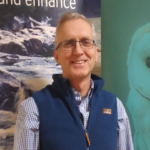
Dave Pearce
Senior Forest Conservation Manager
This blog originally appeared on Greenbelt Foundation’s website. To learn more about Southern Ontario Nature Coalition’s Near-Urban Nature Network for the Greater Golden Horseshoe, click here.

